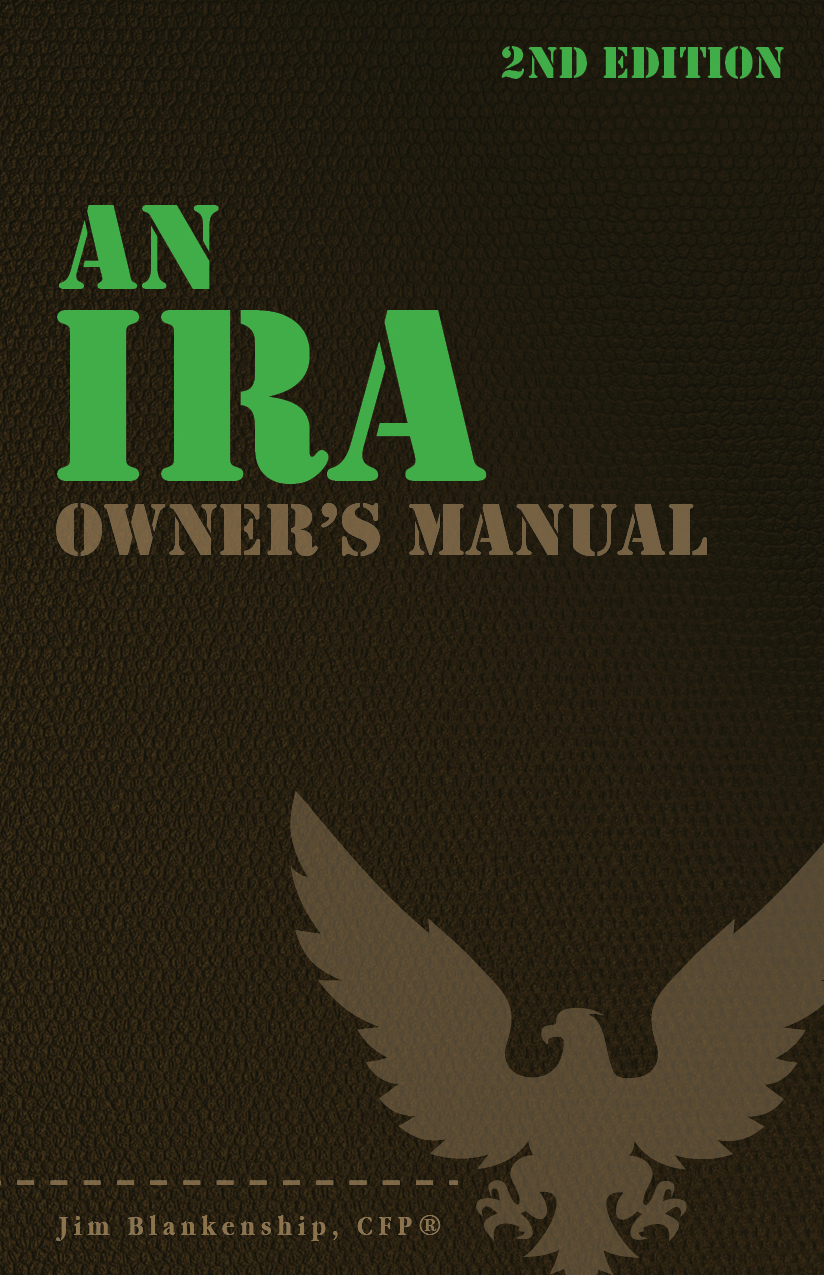Image by didbygraham via Flickr I’ve received a lot of questions about this. Apparently as folks file their returns for the year, they are finding a difference in the amount of refund that they are due to receive this year versus last year. And as they look for answers, they often focus on the Earned Income Credit (EIC) and wonder if something changed. The answer is – very little changed. Certainly nothing that would have a significant impact on your income tax refund. There was one significant change, in that beginning in 2011 there was no advance payment of the EIC – in years past it was an option available for the taxpayer to receive his or her EIC in advance payments throughout the year rather than waiting until the tax return has been filed. Beginning with 2011, you have to wait to receive the EIC payment. Other than that, […]
January, 2012:
Charitable Contributions From Your IRA – 2012 and Beyond
Image via Wikipedia January 1, 2013 update: Passage of the American Taxpayer Relief Act of 2012 has extended the QCD through the end of 2013. See this article for more details. At the end of December, 2011, the provision for Qualified Charitable Distributions (QCD) expired. That provision allowed the taxpayer age 70½ or older to make direct distributions from an IRA account to a qualified charity, bypassing recognition of the distribution as income. For more information on the expired provision, see the original article about charitable distributions from your IRA. With the expiration of this provision, you can still make charitable contributions of money distributed from your IRA. The difference is that these contributions are no different from a contribution that you’ve made from your savings account or regular income. In order to achieve a tax advantage from the contribution, you will itemize the charitable contribution on your tax return. […]
2012 MAGI Limits for IRAs – Married Filing Jointly or Qualifying Widow(er)
Image by versal.at via Flickr Note: for the purposes of IRA MAGI qualification, a person filing as Married Filing Separately, who did not live with his or her spouse during the tax year, is considered Single and will use the information on that page to determine eligibility. For a Traditional IRA (Filing Status Married Filing Jointly or Qualifying Widow(er)): If you are not covered by a retirement plan at your job and your spouse is not covered by a retirement plan, there is no MAGI limitation on your deductible contributions. If you are covered by a retirement plan at work, and your MAGI is $92,000 or less, there is also no limitation on your deductible contributions to a traditional IRA. If you are covered by a retirement plan at your job and your MAGI is more than $92,000 but less than $112,000, you are entitled to a partial deduction, reduced […]
2012 MAGI Limits – Single or Head of Household
Note: for the purposes of IRA MAGI qualification, a person filing as Married Filing Separately who did not live with his or her spouse during the tax year, is considered Single and will use the information on this page to determine eligibility. For a Traditional IRA (Filing Status Single or Head of Household): If you are not covered by a retirement plan at your job, there is no MAGI limitation on your deductible contributions. If you are covered by a retirement plan at work, if your MAGI is $58,000 or less, there is also no limitation on your deductible contributions to a traditional IRA. If you are covered by a retirement plan at your job and your MAGI is more than $58,000 but less than $68,000, you are entitled to a partial deduction, reduced by 50% for every dollar over the lower limit (or 60% if over age 50), and […]
2012 IRA MAGI Limits – Married Filing Separately
Image by drcw via Flickr Note: for the purposes of IRA MAGI qualification, a person filing as Married Filing Separately, who did not live with his or her spouse during the tax year, is considered Single and will use the information on that page to determine eligibility. For a Traditional IRA (Filing Status Married Filing Separately): If you are not covered by a retirement plan at your job and your spouse is not covered by a retirement plan, there is no MAGI limitation on your deductible contributions. If you are covered by a retirement plan at your job and your MAGI is less than $10,000, you are entitled to a partial deduction, reduced by 50% for every dollar (or 60% if over age 50), and rounded up to the nearest $10. If the amount works out to less than $200, you are allowed to contribute at least $200. If you […]
Review of 2011 Stats
Ed. Note: As in past years, I’m taking a break from my normal business of posting retirement, tax and other personal financial planning topics to report on the blog itself and the statistics we’ve seen in this, the 8th year of publication for this blog. I’ll be back to regular programming with the next entry. – jb Over the past year, this blog has seen continued growth. This year has been all about Social Security as much as anything. As you know, in October I released A Social Security Owner’s Manual, and many of you have picked up copies, thank you! Through your comments and email questions I have come to meet literally hundreds and hundreds of you over the years – and we’ve learned a lot together. I’ll take this opportunity to thank you for your tremendous support by reading, asking questions, and making comments on what I have […]


 Sterling Raskie, MSFS, CFP®, ChFC®
Sterling Raskie, MSFS, CFP®, ChFC® The latest in our Owner’s Manual series, A 401(k) Owner’s Manual, was published in January 2020 and is available on
The latest in our Owner’s Manual series, A 401(k) Owner’s Manual, was published in January 2020 and is available on  A Medicare Owner’s Manual, is updated with 2020 facts and figures. This manual is available on
A Medicare Owner’s Manual, is updated with 2020 facts and figures. This manual is available on  Social Security for the Suddenly Single can be found on Amazon at
Social Security for the Suddenly Single can be found on Amazon at  Sterling’s first book, Lose Weight Save Money, can be
Sterling’s first book, Lose Weight Save Money, can be  An IRA Owner’s Manual, 2nd Edition is available for purchase on Amazon. Click the link to choose the
An IRA Owner’s Manual, 2nd Edition is available for purchase on Amazon. Click the link to choose the  Jim’s book – A Social Security Owner’s Manual, is now available on Amazon. Click this link for the
Jim’s book – A Social Security Owner’s Manual, is now available on Amazon. Click this link for the  And if you’ve come here to learn about queuing waterfowl, I apologize for the confusion. You may want to discuss your question with Lester, my loyal watchduck and self-proclaimed “advisor’s advisor”.
And if you’ve come here to learn about queuing waterfowl, I apologize for the confusion. You may want to discuss your question with Lester, my loyal watchduck and self-proclaimed “advisor’s advisor”.